The metallurgical archaeology team published their latest research on the Jiangkou Ming Dynasty battlefield site in Pengshan, Sichuan in "Historical Archaeology".

Recently, the metallurgical archaeology team of Professor Li Yingfu at the Center for Archaeological Science, Sichuan University, in collaboration with the Sichuan Provincial Institute of Cultural Relics and Archaeology, conducted a systematic study and introduction of the Jiangkou Battlefield Site of the late Ming Dynasty in Pengshan, Sichuan, China, titled 'The Battleground Site of Jiangkou in Sichuan Province, China: The Mid-Seventeenth-Century Gold and Silver Objects of Zhang Xianzhong'. The article was published online in the international archaeological journal Historical Archaeology. Liu Zhiyan, a doctoral student, is the first author of this article, Qiu Tian, a master's student, is the second author, and Associate Professor Li Yuniu from the Center for Archaeological Science is the corresponding author.
The Jiangkou Battlefield Site is located in Jiangkou Town, Pengshan County, Sichuan Province, China. This place is a necessary route to and from Chengdu, Sichuan along the Yangtze River waterway, and is known as the southern gate of Chengdu. In the third year of the Shunzhi reign of the Qing Dynasty (1646), the Great Western Kingdom established by Zhang Xianzhong was attacked from the north and south by the Manchu Qing army and the Southern Ming army, and withdrew from Chengdu due to extreme food shortages. When traveling along the Minjiang River to Jiangkou Town, Pengshan County, they were ambushed by Yang Zhan, a general of the Southern Ming army. Zhang Xianzhong's army was defeated, and most of the fleet sank to the bottom of the river.
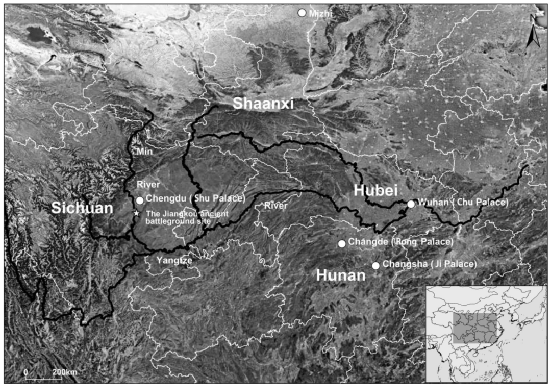
Figure 1. Location map of the Jiangkou site
Since 2017, the Sichuan Provincial Institute of Cultural Relics and Archaeology has carried out several archaeological works on the Jiangkou site. The combination of land visits and surveys with various geophysical exploration methods such as high-precision magnetometry, resistivity imaging, and induced polarization method is used to determine the site range and key excavation areas. The water diversion is carried out by cofferdamming on the left bank of the river, thereby transforming underwater archaeology into land archaeology (Figure 2). Virtual squares are set up in the cofferdam area, and excavations are carried out according to the exploration and excavation methods. At present, a large number of gold and silver wares from the Ming Dynasty and the Great Western regime have been unearthed (Figures 3-5).
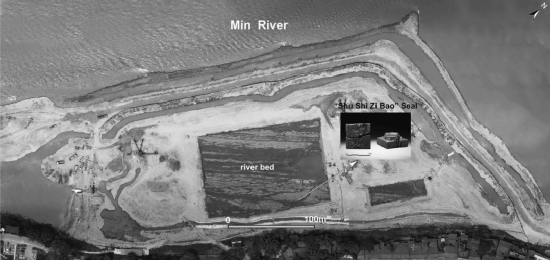
Figure 2. Aerial view of the excavation area in 2019-2020
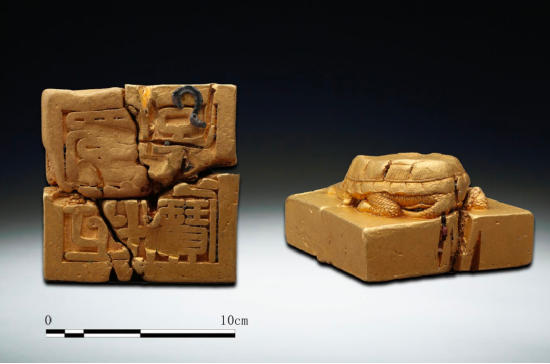
Figure 3. Gold Seal of 'Treasure of the Crown Prince of Shu'
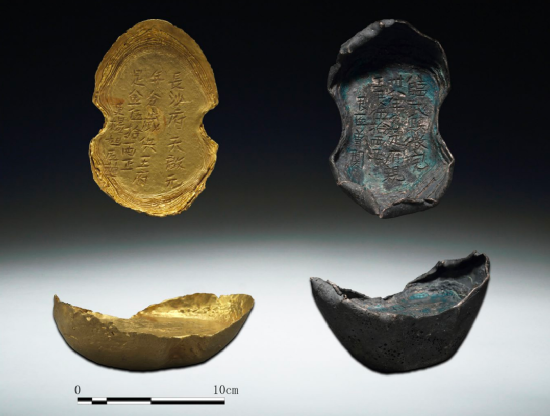
Figure 4. Gold and silver ingots of the Ming Dynasty
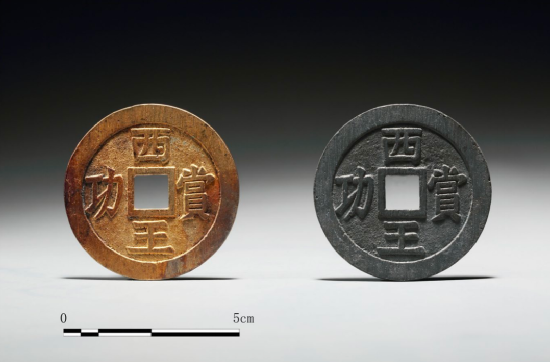
Figure 5. Gold and silver coins of 'Reward of the Western King'
The Jiangkou Battlefield Site has pioneered the domestic and international precedent of inland river cofferdam archaeology in terms of excavation methods, which has broadened the methods and dimensions of Chinese archaeology in obtaining materials. At the same time, the gold and silver wares unearthed at the Jiangkou site are mainly practical utensils, providing new physical materials for studying the monetary and economic situation, the system of conferring titles, and the system of rewards of the Ming Dynasty and the Great Western regime.
